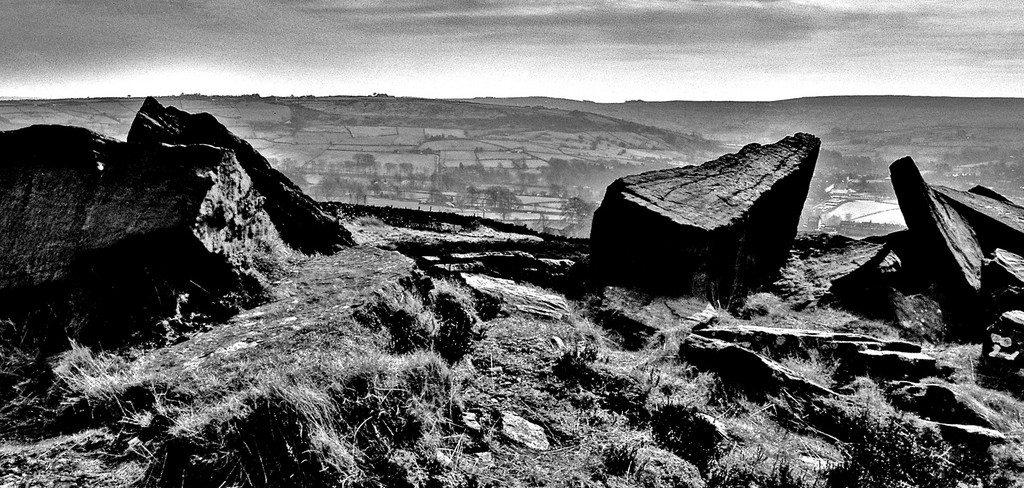Stage vs page: Moor or less a Bronte novel
It’s always interesting to see how novels are selectively adapted for the limitations of visual reproductions. It’s with this technical intrigue that I met the news that WUDS were producing a theatrical adaptation of Emily Bronte’s Wuthering Heights.
The stage was accessible by all audience members to move around the room and even follow particular characters. This unique feature struck me as a great way to engage with the mind-set of the characters; in the same way that we can follow the actions and dialogue of a particular character through the narrative, we can gauge something similar from seeing the play unfold through their eyes.
Even if your reading of the novel for GCSE only made it to the title, it’s obvious that Wuthering Heights is highly dependent on setting and landscape, a feature that is difficult to capture in the wilderness that is Warwick Arts Centre. The stage held three well furnished, domestic components surrounding a simple AstroTurf strip to represent the Yorkshire moors – underwhelming, but not a deal-breaker. The remaining stage was strewn with leaves and vines to pay homage to the thematic importance of nature.
Wuthering Heights is highly dependent on setting and landscape, a feature that is difficult to capture in the wilderness that is Warwick Arts Centre.
What a play lacks in staging it can often make up for with sound and lighting. The eerie atmosphere of the wild moors was captured by soundscapes of weather and strategically dim lighting. This allowed the play to stay true to the novel’s elements of Gothicism and isolation, whilst matching its use of pathetic fallacy. These technical features helped to sustain the appropriate unpredictability of both nature and the lovers alike.
Another obstacle that I was keen to see worked out on stage was the depiction of age. Wuthering Heights is a novel that spans many decades in the lives of several characters. This show, being a student production without access to younger or older actors, used body movements, facial expression and petulant mannerisms to convey these different levels of maturity, allowing the audience to follow and analyse the progression of the protagonists without the confusion of different actors playing the same roles.
In light of the book’s temporal scope, the play needed to accelerate some of the novel’s lengthier passages, using monologues from Lockwood, Nelly and Heathcliff to explain the action clearly and quickly so that audience did not grow tired of watching some of the novel’s less thrilling passages taken to the stage.
This show, being a student production without access to younger or older actors, used body movements, facial expression and petulant mannerisms to convey these different levels of maturity
The most prominent difference between seeing a novel on stage and reading it is the target audience. Should the hyperbole of Heathcliff’s love declarations and Cathy’s choices prove too draining for a particular day, the novel can be put back on the shelf and replaced with an easy read, but with a play there’s only one chance to keep the audience entertained so they don’t sneak off during the interval.
The play achieved this with injections humour via Lockwood; while his stupidity in the novel is also comical, the play used theatrical devices, such as having him briefly break the fourth wall, to act as a means of comic relief to lighten an otherwise intense Wednesday evening.

Comments